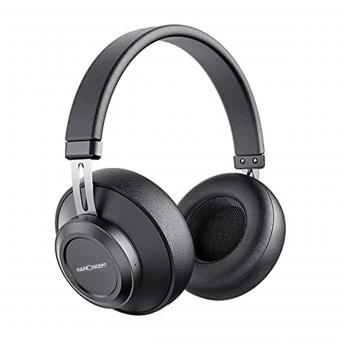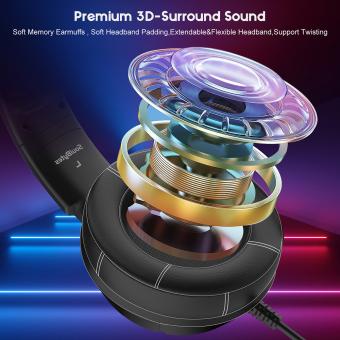What Is Vr On A Camera Lens?
Virtual Reality (VR) technology has been making waves in many fields, and one of the essential aspects frequently discussed in the realm of camera technology is VR on a camera lens. The concept may initially seem perplexing, but it’s actually quite straightforward once broken down. This article elucidates what VR on a camera lens entails, the technology behind it, its significance, and practical implications for both amateur and professional photographers. It also aims to address common questions and issues related to VR in camera lenses, providing readers with a comprehensive understanding of this fascinating feature.
## Understanding VR on a Camera Lens
VR, or Vibration Reduction, on a camera lens, is a technology designed to mitigate the effects of camera shake. When photographers talk about VR, they generally refer to the stabilization system within the lens that helps produce sharper images by counteracting unwanted movements.
The Technology Behind VR
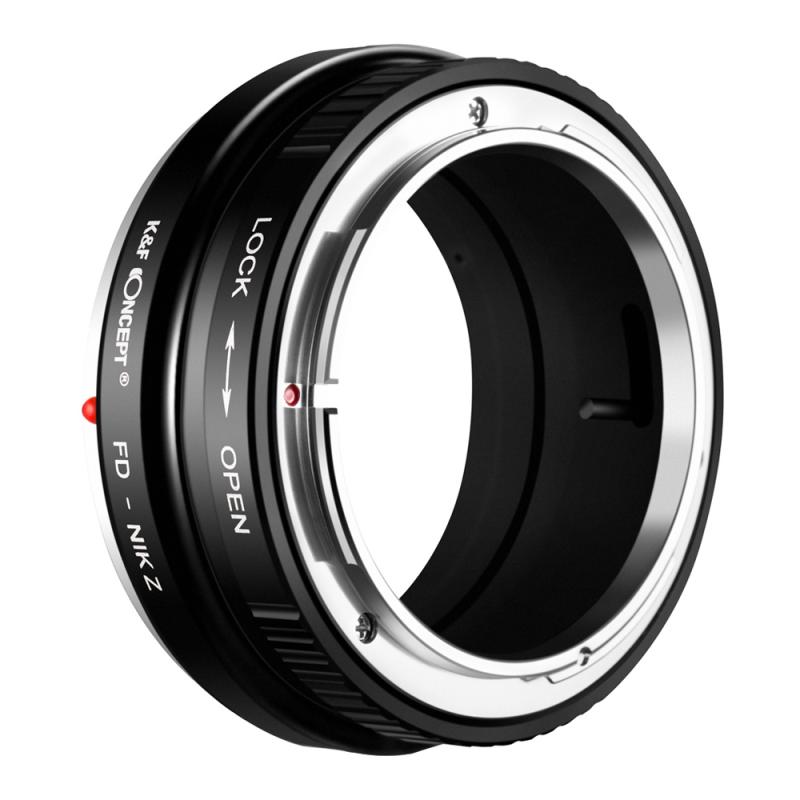
The VR system in a lens generally relies on a few critical components:
1. Gyro Sensors: These sensors detect the movement direction and speed of the camera.
2. Microprocessors: These process data from the sensors in real-time.
3. Actuators: These physical components adjust the lens elements to compensate for camera shake.
When the camera detects movement, the gyro sensors measure it. The microprocessors then calculate the necessary adjustments, and the actuators move the lens elements to counterbalance the detected motion. This compensation happens within fractions of a second, making it possible to reduce blurriness effectively.
VR vs. Other Stabilization Systems
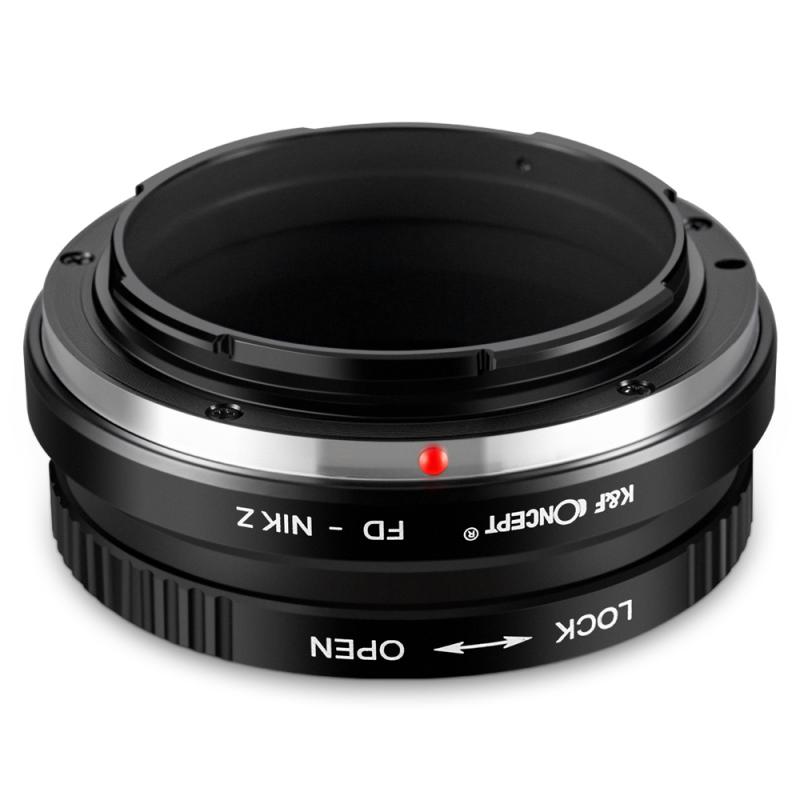
VR is often compared to other stabilization systems, such as In-Body Image Stabilization (IBIS) and Optical Image Stabilization (OIS). While IBIS stabilizes the image by adjusting the sensor within the camera body, OIS and VR stabilize by adjusting the lens elements. Each system has its advantages and limitations, but VR is particularly effective in various situations, especially when using longer lenses where minor shakes can significantly affect image quality.
## Significance of VR in Photography
The importance of VR on a camera lens cannot be overstated. Here are several reasons why:
Sharper Images in Low Light
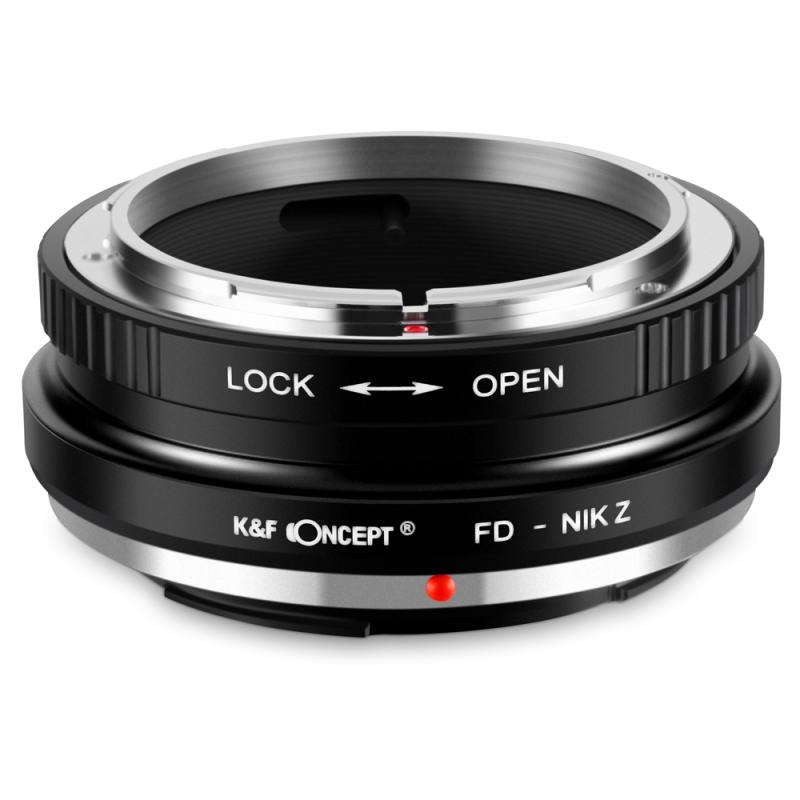
In low light conditions, photographers often need to use slower shutter speeds to allow more light into the camera. However, slow shutter speeds make the camera more susceptible to motion blur from minor hand movements. VR helps counteract this, allowing for sharper images even with slower speeds.
Increased Flexibility in Shutter Speed and ISO Settings
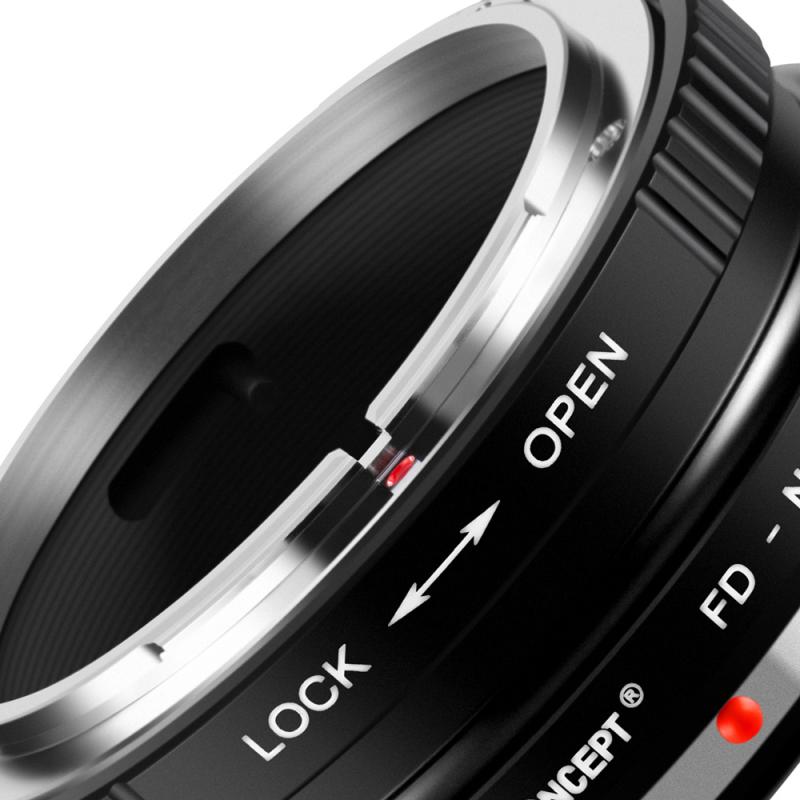
With VR, photographers gain added leeway in choosing shutter speeds and ISO settings. This flexibility can be particularly beneficial in dynamic shooting environments where lighting conditions fluctuate. VR allows for the use of slower shutter speeds without reducing image clarity, and thus, lower ISO settings can be maintained, preserving image quality with less noise.
Enhanced Performance with Telephoto Lenses
Telephoto lenses, due to their magnification capabilities, are more prone to capturing shakes and vibrations. VR is especially crucial in these lenses, making it practical to shoot handheld without significantly compromising image sharpness.
Improved Video Recording
Video content creators benefit immensely from VR. Handheld video recording often results in shaky footage, making it less professional looking. VR reduces these shakes, leading to smoother, more stable videos even without the use of a tripod or gimbal.
## Addressing Practical Questions and Concerns
Does VR Affect Image Quality?
A common concern is whether VR has any impact on image quality. Generally, VR should enhance image quality by reducing blur caused by camera shake. However, some photographers worry that VR systems could introduce other issues, such as slight distortions or reduced sharpness. Modern VR systems are highly sophisticated and generally do not negatively affect image quality. However, it's advisable to turn off VR when using a tripod, as the system might try to counteract non-existent movements, potentially introducing unnecessary adjustments.
How to Use VR Effectively
- Activating VR: Ensure VR is activated when shooting handheld in low light or with a telephoto lens. Most lenses with VR have a switch on the barrel, making it easy to toggle on and off.
- Static Subjects: VR is most effective when photographing static subjects since it compensates for camera shake rather than subject movement.
- Panning: Some advanced VR systems have modes specifically for panning shots, which help stabilize the vertical axis while allowing for horizontal movement, ideal for tracking moving subjects like vehicles or athletes.
Choosing VR Lenses
When selecting lenses, consider the type of photography you will be doing. If you often find yourself in situations where camera shake is a concern—such as wildlife photography, sports, or low-light conditions—a VR lens can be a valuable investment. Brands like Nikon, Canon, and Sony offer a range of VR lenses catering to various needs and budgets.
Battery Consumption
Another point of consideration is battery life. Activating VR does draw additional power, leading to faster battery drain. Photographers should carry extra batteries during extended shoots to compensate for this.
## Conclusion
Understanding VR on a camera lens opens up a world of opportunities for photographers aiming to enhance their craft. By effectively reducing blur caused by camera shake, VR technology allows for sharper images, increased flexibility in settings, and better performance in various shooting conditions, particularly with telephoto lenses and during low-light scenarios. Whether you are an amateur exploring new photographic possibilities or a professional aiming to refine your skills, leveraging VR technology can significantly impact your photographic outcomes.
By understanding the technology, its benefits, and how to use it effectively, photographers can make more informed decisions about their equipment and techniques. As technology continues to advance, the integration and capabilities of VR in camera lenses are likely to expand, offering ever more sophisticated tools to capture the beauty and complexity of the world with clarity and precision.

